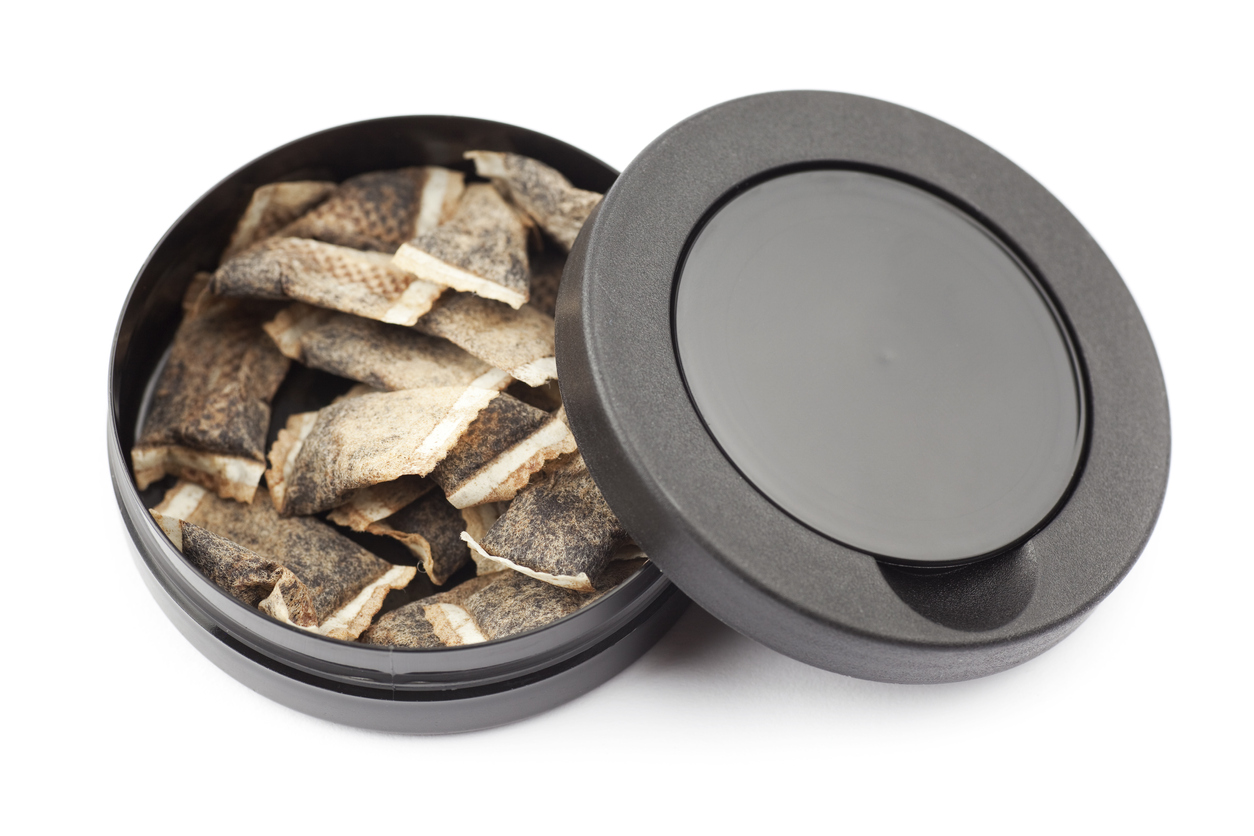Norway on track to smokefree status with snus substituting cigarettes: report
January 16, 2025

Snus, an oral product that is significantly safer than smoking, is acting as a widespread substitute for cigarettes in Norway, helping the Scandinavian country to inch closer to smokefree status, a new report has revealed.
This follows neighbouring Sweden achieving a smoking prevalence of 4.5 per cent among the nation’s Swedish-born adults last year – significantly below the globally recognised benchmark of 5 per cent for smokefree status. The overall smoking prevalence across the country went down to 5.3 per cent, according to official figures.
According to a new briefing paper from the Global State of Tobacco Harm Reduction (GSTHR), a project by the UK-based public health agency Knowledge•Action•Change (K·A·C), more than twice as many people in Norway now use snus compared to cigarettes (16% vs 7%).
While 25 per cent of Norwegians aged 16 to 74 smoked daily in 2025 and among young people aged 16 to 24, that figure was 24 per cent. Meanwhile, 5 per cent of Norwegians aged 16 to 74 used snus daily.
Official figures show that daily smoking rates among Norwegians aged 16 to 74 had plummeted to 7 per cent by 2023, and just 3 per cent among those aged 16 to 24. Snus use, however, had increased to 16 per cent by 2023 among those aged 16 to 74.
With the Tobacco Act of 1975, Norway took action to reduce smoking before many other countries and it ranks in the top five in Europe for the strictness of its tobacco control measures. But while smoking was already in decline in Norway, the last two decades have seen the drop accelerate significantly, coinciding with a rise in the use of the oral tobacco product snus.
Consumer-led shift
The report cites several factors for Norwegian consumers’ adoption of snus since the early 2000s.
“Culturally, it was a familiar product, with a long history of consumption in the country, similar to Sweden,” the report notes.
“While it had long been safer than combustible tobacco, the advent of low-nitrosamine snus in the late 1990s improved the product’s safety profile yet further. This also coincided with other product developments, such as the switch from loose to portion snus, and the availability of more flavours. As tobacco control measures increasingly restricted where people could smoke, the discreet nature of snus consumption also became more attractive.”
Snus is considered a viable option for those seeking to give up smoking, as it delivers a comparable amount of nicotine to combustible cigarettes. The latest GSTHR Briefing Paper finds that snus appears to be a widespread substitute for cigarettes in Norway. Researchers have observed that, as well as helping people who were already smoking to switch to a less harmful product, snus may also be contributing to a reduction in uptake of smoking among young adults, particularly young men.
The product’s reduced risk profile in comparison to smoking is not, however, something that has been widely or systematically communicated to the public, the reports adds. Snus is covered by a ban on tobacco advertising, and there has been no official endorsement of harm reduction by the Norwegian health authorities. In fact, the Norwegian government has not officially recognised the role that snus is playing in reducing smoking, and is focused on achieving “a tobacco-free society”, with all tobacco products being treated equally, irrespective of their relative harms.
“The profound shifts in nicotine consumption in Norway demonstrate that neighbouring Sweden’s smokefree status doesn’t have to be unique,” David MacKintosh, a Director of K·A·C, commented.
“Norway’s plummeting smoking rates are also due to widespread substitution of deadly combustible cigarettes for much safer snus. In both countries, this has occurred without official endorsement from the authorities. Consumers have embraced harm reduction on their own – and the data tells the story. Imagine what an integrated tobacco harm reduction strategy could achieve.”
